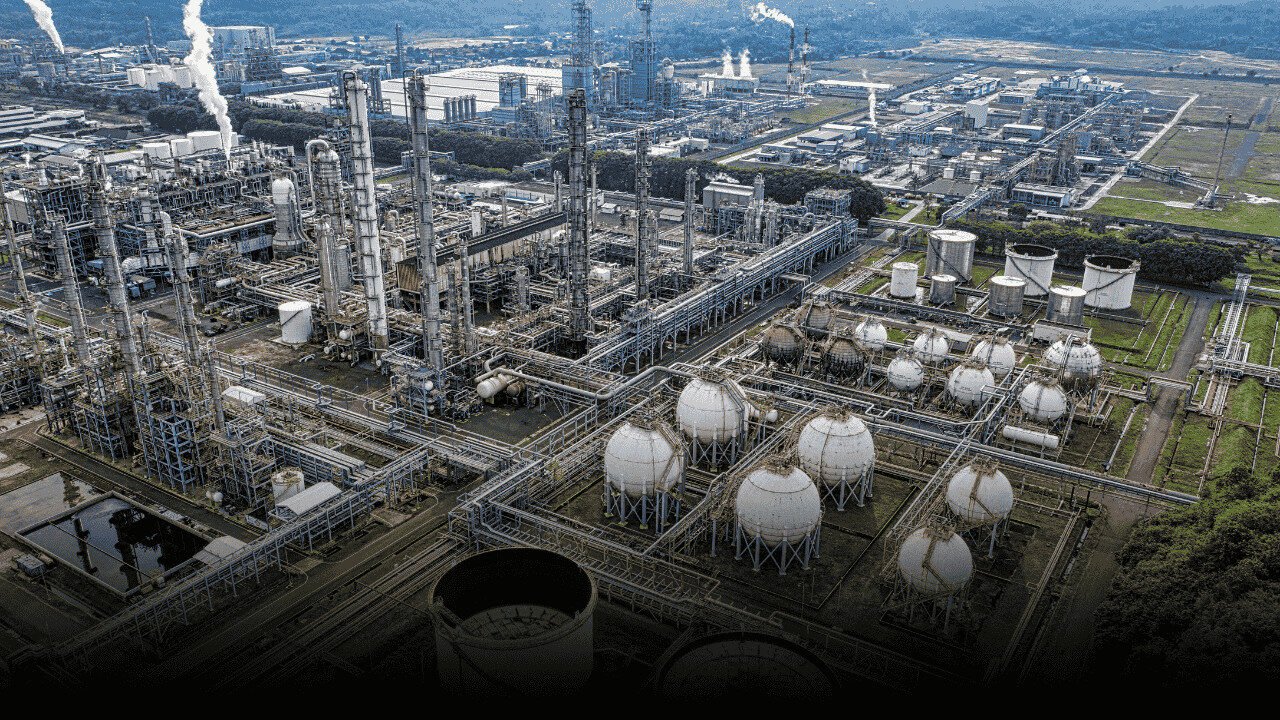By Moaaz Manzoor
With a modest government grant of just Rs374 million, Pakistan’s National Productivity Organization (NPO) has helped local industries add more than Rs11.18 billion in value over the last four years — a major boost for a struggling manufacturing sector trying to regain global competitiveness.
Small Grant, Big Impact
Working under the Ministry of Industries and Production (MoIP), the NPO has become one of the country’s most active public agencies focused on improving industrial performance.
In recent years, it has expanded its role in regional productivity programs, helping companies such as Sapphire, Crescent Bahuman, Kamal Textile, US Apparel, Pepsi, and Serena Hotels cut costs and improve efficiency.
Through a mix of on-site audits, training programs, and international partnerships, the organization has worked to lower production costs and strengthen both manufacturing and service industries.
Hundreds of Audits and Training Programs
Between 2020 and 2025, the NPO carried out 396 energy and resource audits across major sectors — including textiles, auto parts, leather, surgical goods, and sports manufacturing.
It also conducted 489 national training programs and hosted 21 international sessions under the Asian Productivity Organization (APO). These initiatives placed Pakistan first among 21 member countries for participation in global productivity programs.
The agency’s own income has grown significantly — from Rs2.13 million in 2020 to Rs71.29 million in 2023–24 — as more companies seek NPO’s advisory services to improve production efficiency.
Pakistan’s Productivity Gap Remains Wide
Despite these achievements, Pakistan still trails far behind regional competitors. The country’s labour productivity stands at $17,634 per worker per year, compared to $85,335 in Malaysia and $90,735 in South Korea.
Economists say high production costs and outdated industrial methods remain major challenges, limiting the country’s export potential and long-term growth.
The report highlights that South Korea and Thailand once had productivity levels similar to Pakistan’s in the 1970s, but both nations advanced rapidly by investing heavily in technology, education, and institutional reforms.
A Master Plan for Productivity
To fix structural weaknesses, NPO has joined hands with the Korea Development Institute (KDI) to create the National Productivity Master Plan (NPMP) — now part of Pakistan’s Special Economic Framework.
The plan aims to build a national productivity measurement system, standardize technology, and introduce productivity-linked incentives for industries.
Looking Ahead: Technology and Awareness
NPO’s next business plan, covering 2025–2028, will focus on technology adoption, process optimization, and a nationwide productivity awareness campaign. The goal is to encourage industries to modernize and measure their performance through global standards.
Officials believe these steps are crucial to help Pakistan’s industries compete internationally without relying on subsidies or currency adjustments.
A Path Toward Industrial Competitiveness
As Pakistan faces rising production costs and slow export growth, NPO’s measurable results have caught the attention of policymakers.
Experts say if the current momentum continues, improved productivity could finally help Pakistan’s industries regain competitiveness, strengthen exports, and reduce their dependence on external financial support.
Author Profile
-
Moaaz Manzoor is a business correspondent who meticulously tracks Pakistan’s crucial but neglected natural resource industries.
He specializes in exposing inefficiencies and charting the course of modernization, highlighting how efforts to mechanize mining have dramatically cut marble and granite wastage, driving a recovery and attracting vital investment.





